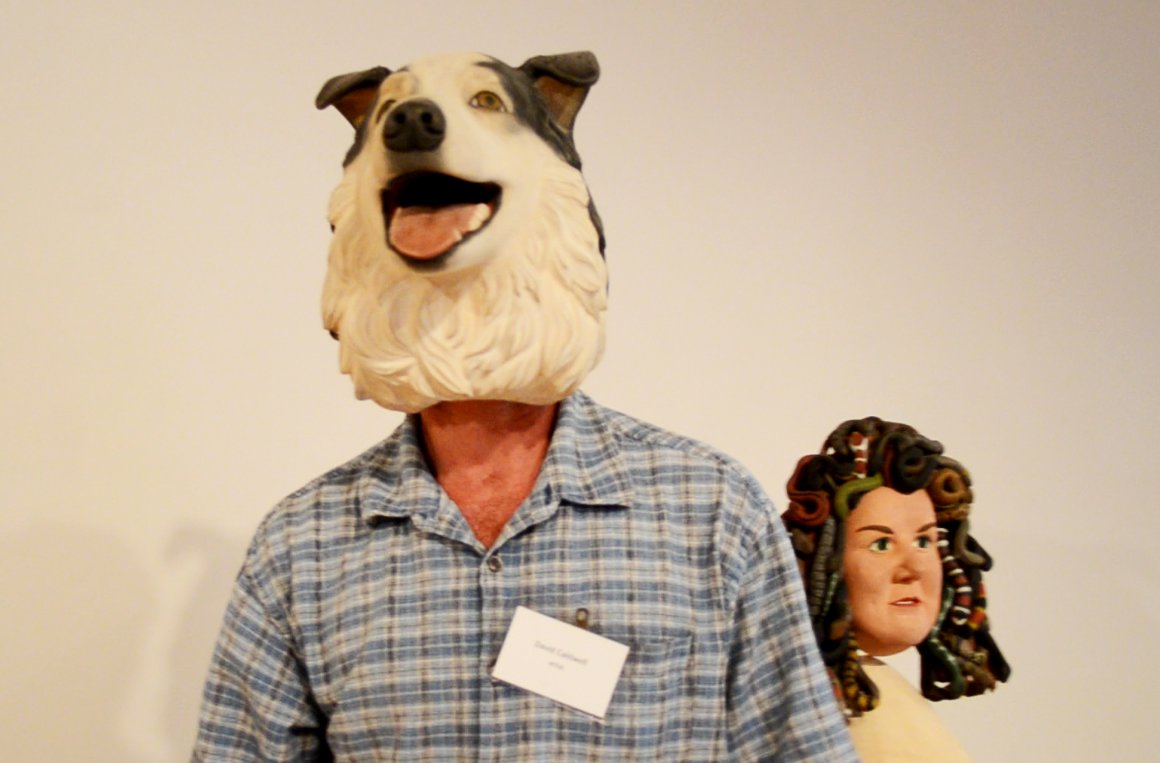Our Marketing & Design intern, Hannah Gray, recently had the opportunity to talk with some of our Speaking in Species artists. In this Q&A, Hannah learns how Lawndale artist David Caldwell came into woodcarving.
How has your engineering background come into play – does that influence your work now?
I would say so. The way I look at it, engineering is learning how to solve problems. In most of my projects, there are a number of problems or situations to work through, whether in the construction – building up the blocks of wood – or the process itself – removing the wood. There are tasks that have to be figured out, so yeah, I think I use it (engineering) every day.
Do the different species of wood influence your final product?
Yes. In the carousel project, when I really got started with it, the horses were made of bass wood, and that’s traditional wood for figurative work. The wood itself is easy to carve; it’s strong and durable, but it’s kind of bland as far as color and figure in the wood, so most of the time it’s painted. As in the carousel horses, those were painted, these are basswood (points to masks), so they’re painted. This is raw basswood (points to Henry’s My Boy’s base). It’s actually spalted so it does have some color to it. Most of basswood is pretty bland, so you want to do something to it. Some of the other work that I do, I use hardwoods like maple, cherry, walnut, mahogany… different woods that have a lot nicer color and grain patterns: those, I don’t put pigment on them. I just put some oil or wax on them so that the wood shows its character. That’s mostly what I do with my spec work, is look at hard woods with little or no pigment. These are a deviation, kind of an exception to the typical spec work.
Is there anything else you’d like to share?
I’d like to put this mask on (picks up Henry’s My Boy). This is my dog Henry. He’s a Tasmanian Shepherd. Have you ever seen one? He would chew your leg off if he didn’t know you. He’s half Australian Shepherd and half Tasmanian Devil.


0 Comments